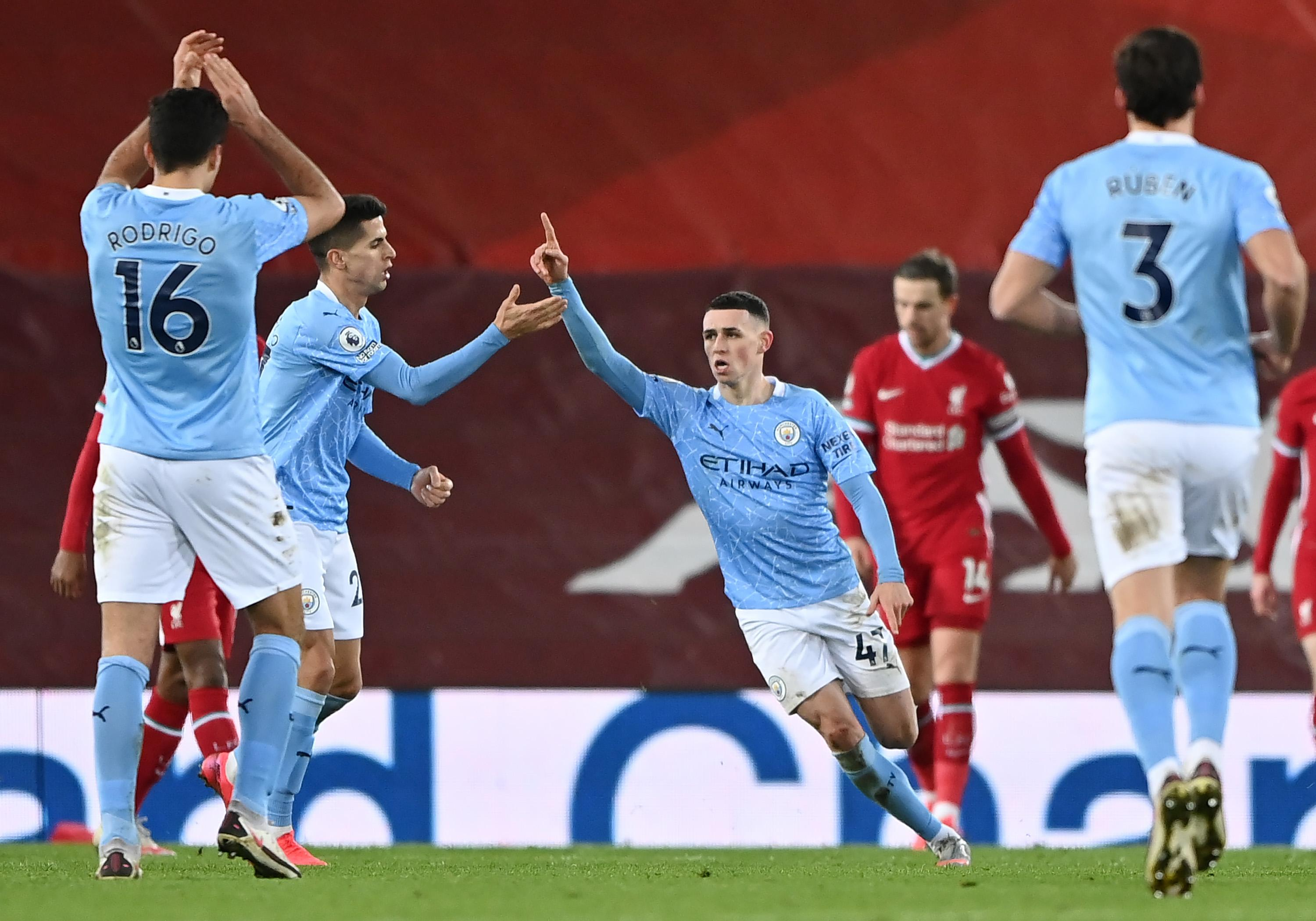When the now-sacked Frank Lampard took over as Chelsea manager in the summer of 2019 they were going through a two-window transfer ban.
The bar of expectation was lowered as he couldn’t impose his style of play effectively because he wasn’t allowed to attain the players he desired. Despite this, the west London club finished fourth in the Premier League last season to gain a Champions League spot for this campaign.
That level of success can be attributed to the homegrown talent developed by the highly-rated Chelsea academy. From there the likes of Mason Mount and Tammy Abraham have burst into the first-team and are now England internationals too.
Chelsea’s London rivals Arsenal have also seen the rise of homegrown talent through their mid-table struggles.
Bukayo Saka has continued his fine run of form from last season further up the pitch occupying the wings, instead of a full-back position. What came as a surprise to most football fans was the quick arrival of Emile Smith Rowe though.
The 20-year-old previously had a successful loan spell at Huddersfield, scoring a goal to ensure the club’s safety from relegation. With the exiled Mesut Ozil not playing, he has now since joined boyhood club Fenerbahce, the Gunners lacked creativity in the midfield which clearly showed in their lack of chances created.
With Saka and Smith Rowe linking up in midfield, Arsenal have become a greater attacking threat often setting each other up for goals. Over Christmas the young duo led Arteta’s team into form when his job was at the highest level of scrutiny by fans.
Homegrown talent is very important. It is even more important now due to the rules and regulations in place with Brexit altering how Premier League clubs can sign foreigners.
Top-flight teams are now limited to signing six under-21 overseas players per season. In addition, players from European Union countries now need a work permit while clubs cannot sign any foreign players under the age of 18. The latter will naturally result in a bigger homegrown focus at academy level.
Another key factor is the ongoing coronavirus pandemic which has dented the financial capabilities of clubs. This is exemplified by this season’s spending in the January transfer window compared to the previous campaign. Only £84.2million was spent this term compared to £230m spent during 2019-20.
Chelsea have previously been criticised for their loan system which saw many young players held down to long-term contracts but rarely seeing regular game time. Instead, they were loaned out and eventually sold for profit-hungry motives. Ryan Bertrand is an example of this process, serving nine loan spells before being sold to Southampton for an undisclosed amount, said to be around £12m.
As of January, there are 31 players out on loan at Stamford Bridge – 18 of them being from England. With Lampard sacked there is a worry that his successor Thomas Tuchel won’t develop their promising academy talent.
An overload of talent is great to watch in the hopes England can lift the World Cup or Euros. The Three Lions squad has seen a wave of youthful talent come through the ranks. Since the Under-20s 2017 World Cup win many England supporters are waiting to see if Gareth Southgate can replicate that success at senior level.
Unfortunately, most of that U20 team have struggled for significant playing time at their clubs. Fikayo Tomori is a perfect example of that having gone out on loan to AC Milan after failing to break into the Chelsea first-team. However, Dominic Calvert-Lewin is enjoying a stellar season up front for Everton. Phil Foden, part of England’s U17 World Cup champions in 2017, is also excelling at Premier League leaders Manchester City.
While it is still hard for young English stars to break into their respective first-teams, many are now starting to look abroad. The Bundesliga has seen the likes of Arsenal duo Reiss Nelson and Smith Rowe cut their teeth there on loan, while Jadon Sancho and Jude Bellingham are excelling at Dortmund having joined the German giants on permanent deals.
A decade ago this would have been unimaginable but the above shows that there has been a shift in the traditional views of English talent playing abroad. However, they break through it’s just good to see the influx of young quality exploring different avenues rather than stalling and not fulfilling their potential.
By Layton Ryan-Parson



















